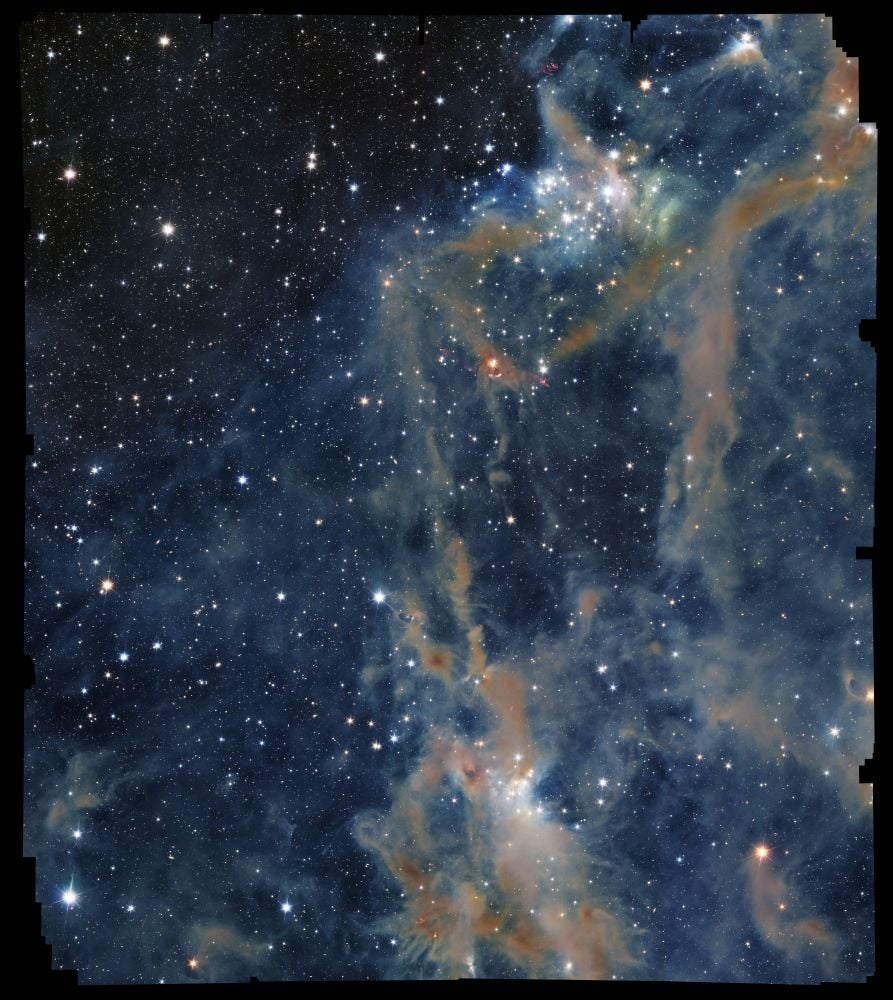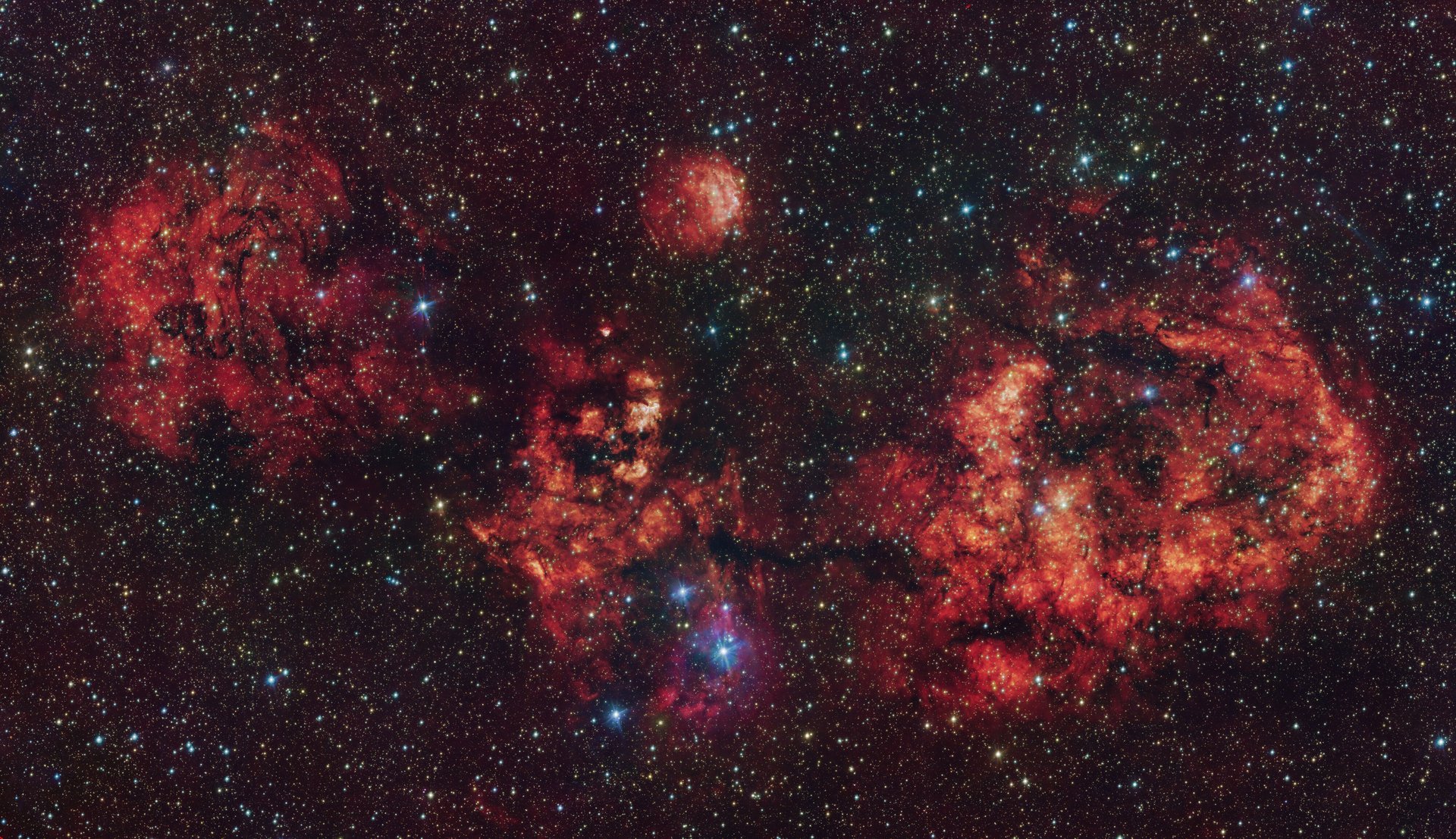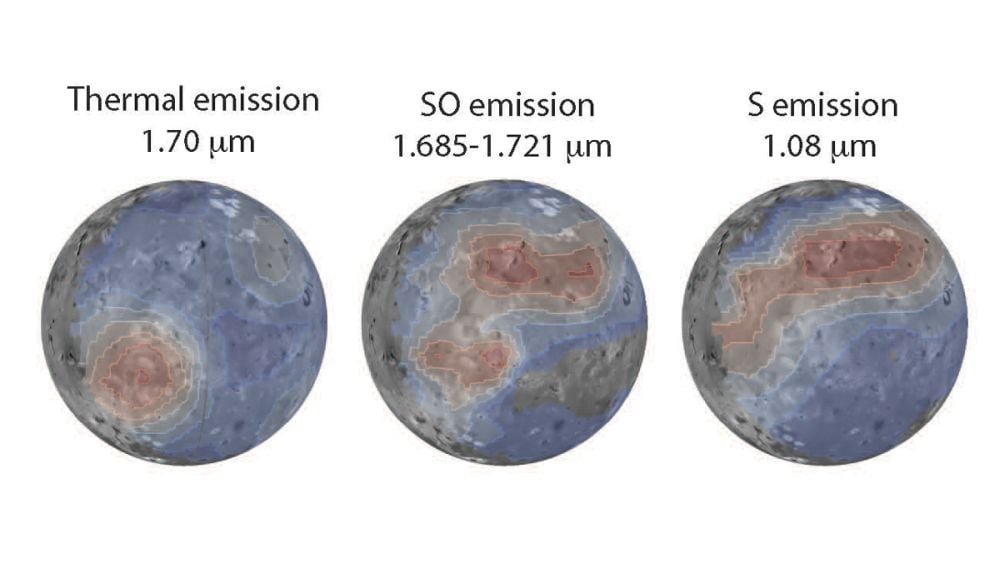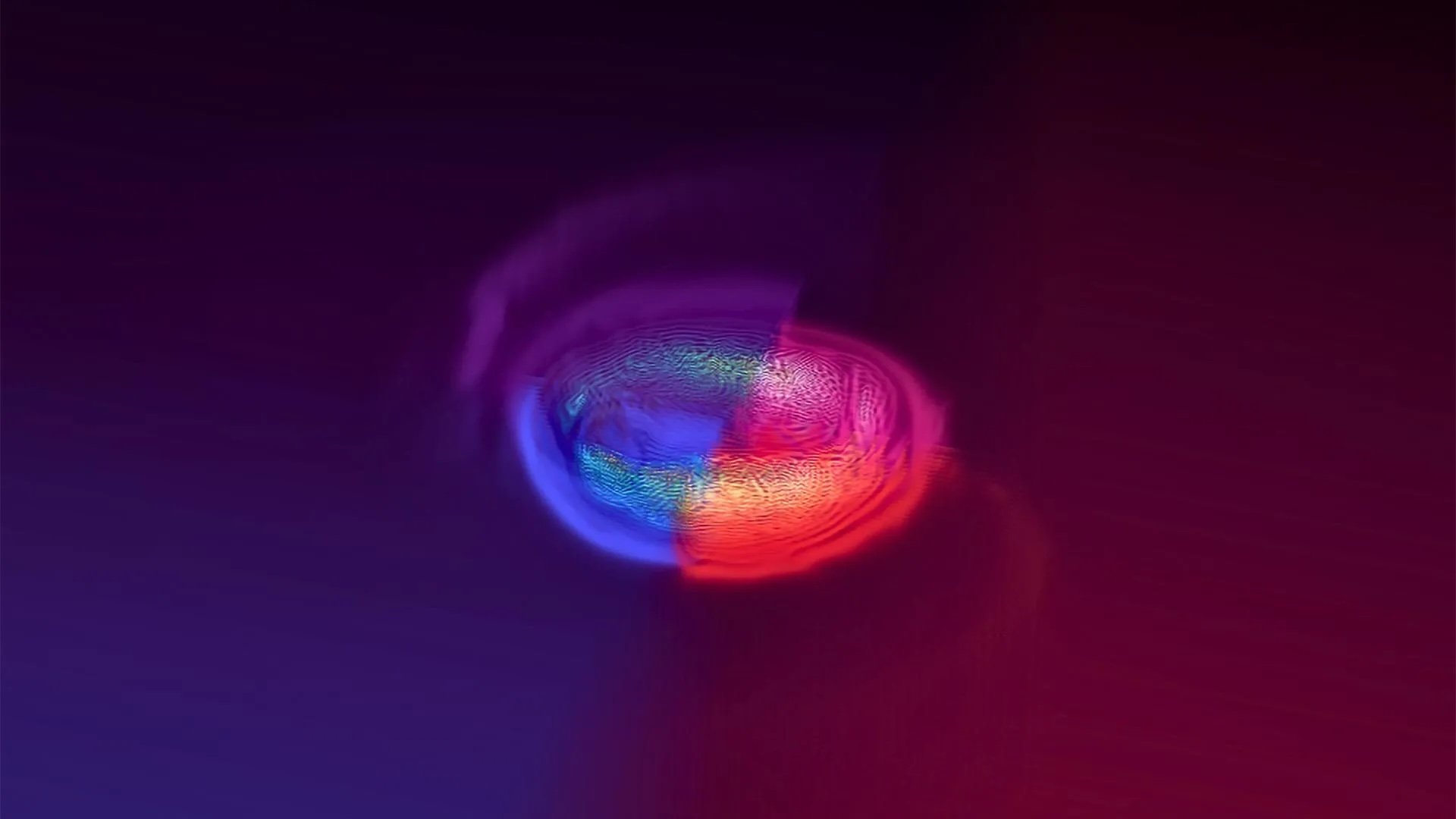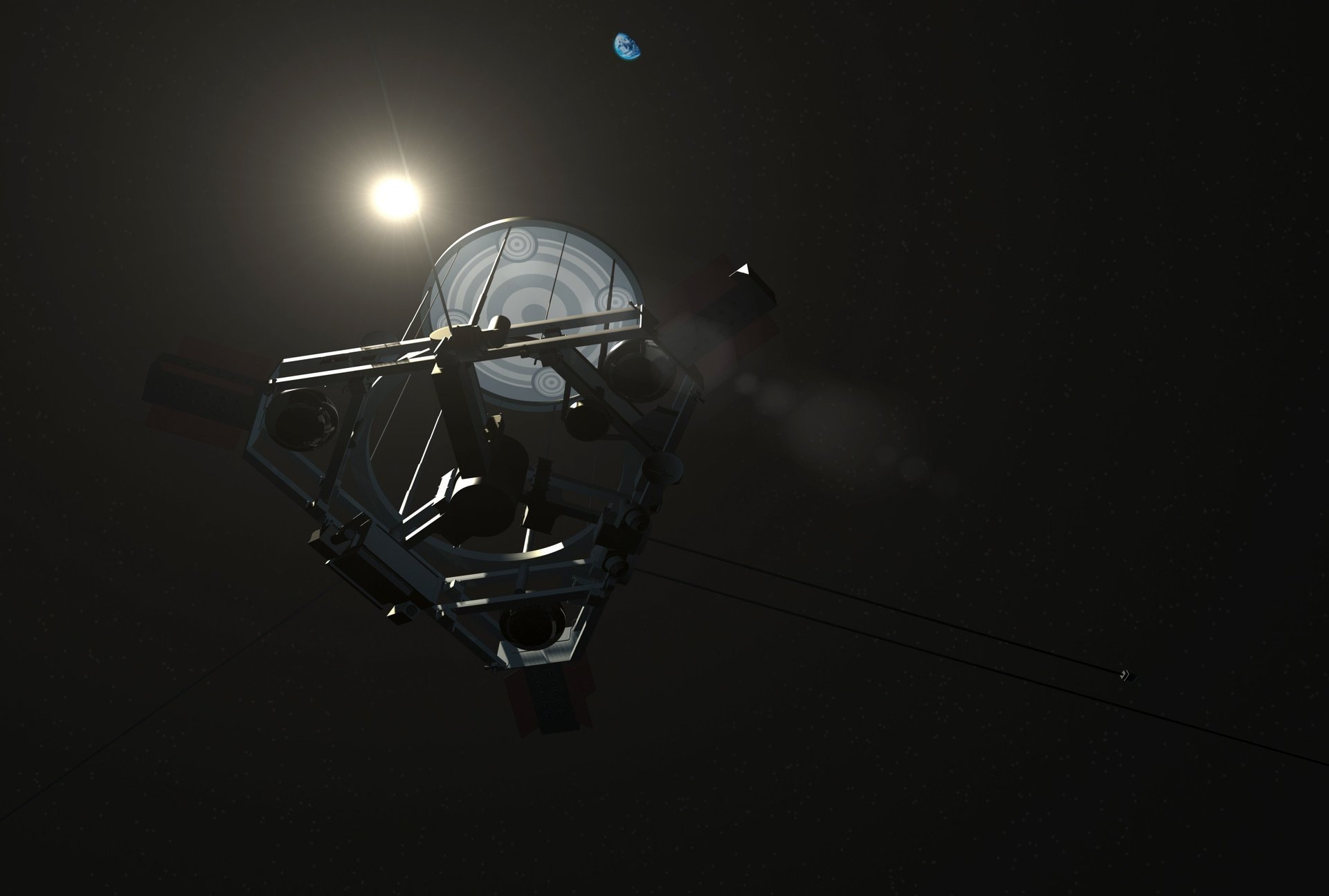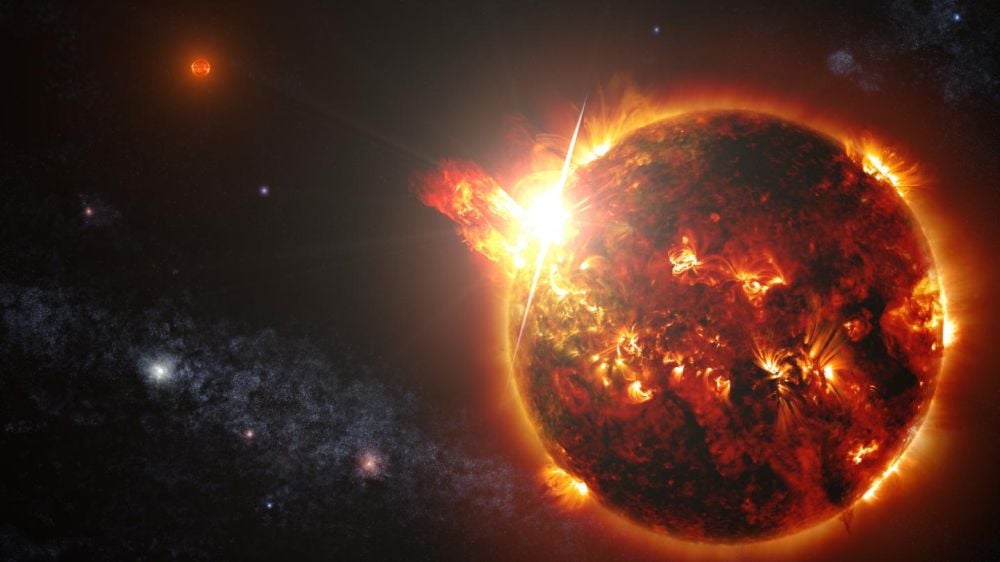The Euclid Space Telescope found some stars hiding in thick gas and dust in the Orion Molecular Cloud Complex. They’re inside a so-called dark cloud named LDN 1641.
The Copernicus Sentinel-1D satellite has joined the Sentinel-1 mission in orbit. Launch took place on 4 November 2025 at 22:03 CET (18:03 local time) on board an Ariane 6 rocket
Astronomers using W. M. Keck Observatory on Maunakea, Hawaiʻi Island have taken the closest-ever look at the dusty regions where planets form, offering new insight into the earliest stages of
A spooky bat has been spotted flying over the European Southern Observatory’s (ESO’s) Paranal site in Chile, right in time for Halloween. Thanks to its wide field of view, the
Trapped in a gravitational push and pull between Jupiter and other Jovian moons, Io is constantly being stretched and compressed. Heat generated by these contortions has melted pockets of the
When neutron stars collide, neutrinos can play a significant role in the outcome. Even more so when you take flavor mixing into account.
A new study proposes how we could look for signs of self-replicating (Von Neumann) probes that would prove that the Solar System has been explored by an advanced extraterrestrial intelligence
Even though we can explore the universe with great precision, there is still a lot we don’t know, according to Ulf Danielsson, professor of theoretical physics at Uppsala University. Besides
When it comes to finding baby, still-forming planets around young stars, the Atacama Large Millimeter/submillimeter Array (ALMA) observatory is astronomers’ most adept tool. ALMA has delivered many images of the
Rocky exoplanets orbiting red dwarfs are in a tough spot. Their stars are known for violent flaring that can destroy their atmospheres. But it’s possible that asteroid impacts could later
-
 012024 in Review: Highlights from NASA in Silicon Valley
012024 in Review: Highlights from NASA in Silicon Valley -
 02Panasonic Leica Summilux DG 15mm f/1.7 ASPH review
02Panasonic Leica Summilux DG 15mm f/1.7 ASPH review -
 03How New NASA, India Earth Satellite NISAR Will See Earth
03How New NASA, India Earth Satellite NISAR Will See Earth -
 04And Thus Begins A New Year For Life On Earth
04And Thus Begins A New Year For Life On Earth -
 05Astronomy Activation Ambassadors: A New Era
05Astronomy Activation Ambassadors: A New Era -
06SpaceX launch surge helps set new global launch record in 2024
-
 07Space Force plans new ‘Futures Command’ amid pressure to speed up modernization
07Space Force plans new ‘Futures Command’ amid pressure to speed up modernization


